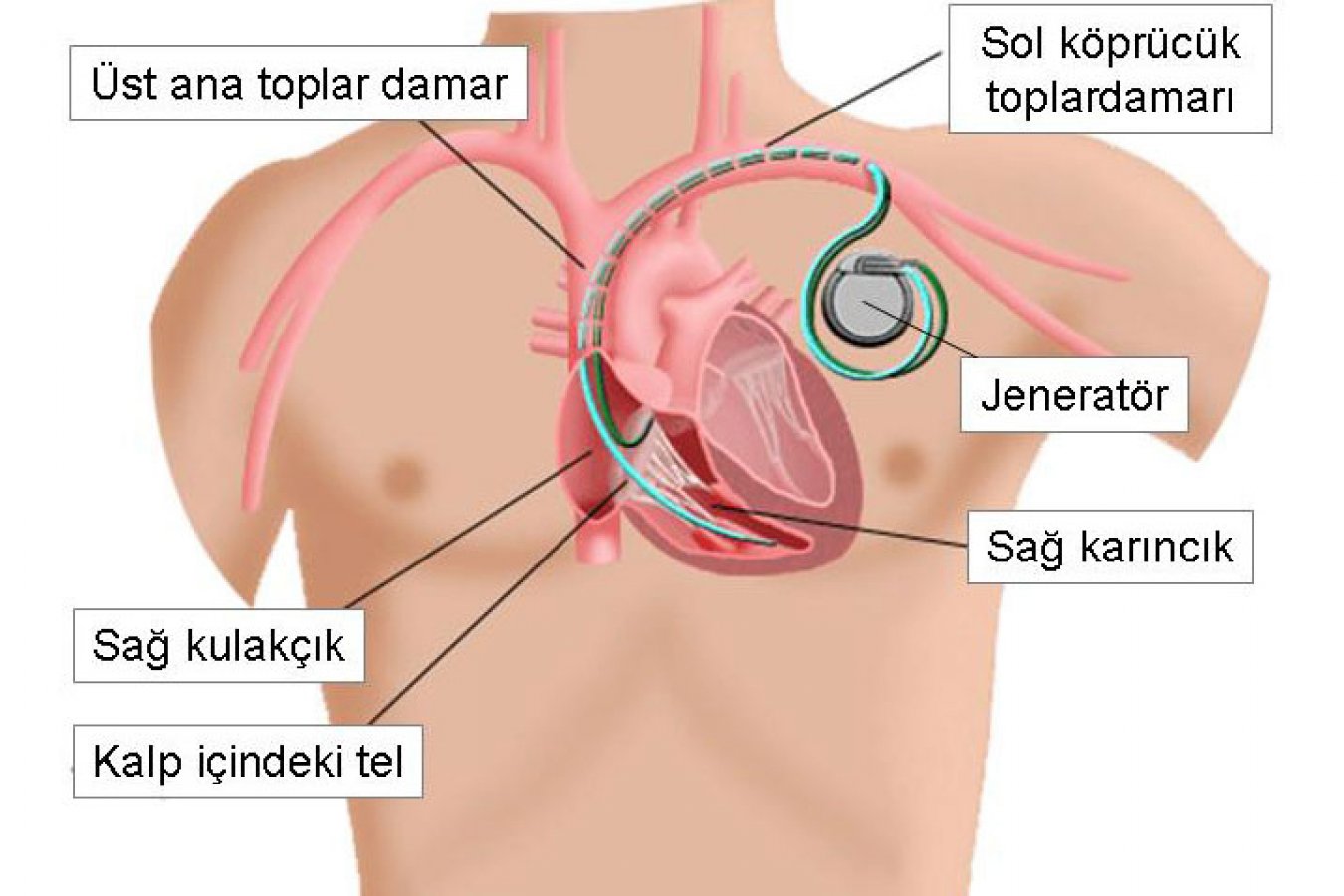Chest pain, which we experience in many periods of our lives, sometimes we take it lightly and dismiss it as a simple cold, and sometimes we overestimate it and alarm ourselves and those around us that we are having a heart attack. But is every chest pain related to the heart?
Let's first briefly summarize the various medical causes of chest pain;
oops-my-heart-is-painting
Organs in our chest cavity and the pain they cause;
Heart
Our lungs
Pain related to nerves, lymph nodes and large vessels in the chest cavity
Pain caused directly by the muscles and bones of our rib cage
Psychiatric causes such as panic attack syndromes;
Upper digestive organs
Esophagus
Stomach
Liver
Gallbladder
Pancreasa
These diseases can also cause pain radiating to the chest.
With so many factors that can cause chest pain, the best thing to do is to
contact the nearest health center or your physician. In this way, effective
treatment will be initiated with the appropriate examination and necessary
tests, while the questions you have in mind will be answered and risky
situations will be prevented with early diagnosis.
Which chest pain is of cardiac origin? Not all heart-related pain is a heart
attack. Without a heart attack, pain can also occur in cases of temporary
anemia of the heart muscle (angina) or inflammation of the pericardium. "I
have chest pain, especially when I walk.... I have to stop and rest... When I
do this, the pain goes away. If I were to describe its location, it would be
right in the center of my rib cage, it is a troublesome pain that radiates to
my left shoulder and left arm." These complaints are a typical description
of the pain we call "angina pectoris". If you have pain that fits
these characteristics, you should immediately (no matter what time of day) go
to a health care provider. However, heart pain is not always what the books say
it is. Sometimes it can manifest itself as stomach discomfort, shoulder pain,
arm pain, jaw pain or even toothache.
This type of pain can be observed especially in the elderly or in people with
diabetes mellitus. This type of pain is called "exertional angina"
because it occurs especially when walking or running, i.e. during exertion.
This is a sign of coronary artery disease. However, it is important to
emphasize that pain due to coronary artery disease can occur not only during
exertion but also at rest. This type of pain is referred to as "resting
angina".
Coronary arteries are the vessels that feed our heart and keep it functioning.
Their disease is therefore very important and can be a sign of an impending
heart attack. The "angina" message coming from our coronary vessels
should be perceived quickly and a physician should be consulted especially if
there are risk factors for cardiovascular disease (factors such as high blood
pressure, diabetes, obesity). In this way, other risk factors that threaten our
heart can be identified and necessary precautions can be taken.

